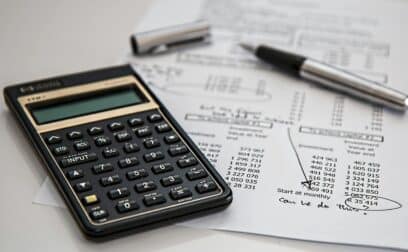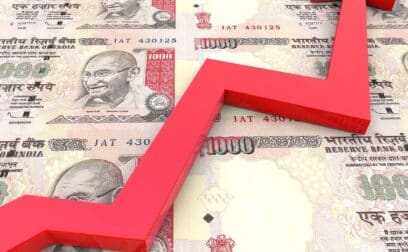Definition
Depreciation refers to the systematic allocation of the cost of a tangible asset over its useful life. It is an accounting method used to recognise the gradual reduction in the value of an asset as it is used, consumed, or becomes obsolete over time.
What is depreciation?
In simpler terms, when a company purchases a long-term asset like machinery, buildings, vehicles, or equipment, the cost of that asset is spread out over its expected lifespan through depreciation. This reflects the fact that assets lose value over time due to wear and tear, technological advancements, and other factors.
Depreciation is not a cash expense; it’s an accounting concept that reflects the reduction in the value of an asset on the company’s financial statements. This reduction in value is recorded as an expense on the income statement, which in turn reduces the company’s net income and, consequently, its tax liability.
Depreciation is an important concept because it helps companies accurately represent the true economic value of their assets over time. It also has implications for financial analysis, taxation, and decision-making, as it affects a company’s profitability, asset values, and tax obligations.
If you want to find out how much your asset is value, use our depreciation calculator to find out.
Types of depreciation
Types of depreciation include:
- Straight-line depreciation: Allocates an equal amount of depreciation expense each year over the asset’s useful life. It is simple to calculate and widely used.
- Declining balance depreciation: An accelerated method where the asset depreciates faster in the earlier years of its life. Common versions include the double-declining balance method.
- Units of production depreciation: Depreciates the asset based on its usage or output. It is useful for assets whose wear and tear are more closely related to their activity level.
- Sum-of-the-years’-digits depreciation: An accelerated method that results in higher depreciation expenses in the earlier years and lower expenses later. It uses a fraction of the asset’s depreciable cost, changing each year.
Each method serves different accounting needs and can be chosen based on the asset type and business requirements.
Depreciation vs. amortisation
Depreciation and amortisation both allocate the cost of an asset over its useful life, but they apply to different asset types. Depreciation is relevant for tangible assets like buildings, machinery, and vehicles, spreading their cost over time as they lose value. Amortisation, on the other hand, deals with intangible assets such as patents, trademarks, and goodwill, gradually expensing their cost over their useful life.
While depreciation often uses methods like straight-line or declining balance, amortisation typically employs the straight-line method. Both processes make sure that asset costs are matched with the revenue they help generate.
Example of depreciation
Let’s say a company purchases a delivery van for £20,000 with an estimated useful life of 5 years. Using the straight-line method, the annual depreciation expense would be £20,000 / 5 years = £4,000.
Year 1:
- Van’s book value at the beginning: £20,000
- Depreciation expense for the year: £4,000
- Van’s book value at the end: £20,000 – £4,000 = £16,000
Year 2:
- Van’s book value at the beginning: £16,000
- Depreciation expense for the year: £4,000
- Van’s book value at the end: £16,000 – £4,000 = £12,000
This process continues until the end of the estimated useful life, at which point the asset’s book value becomes zero, and no further depreciation is recorded.
































 yet? Register here!
yet? Register here!